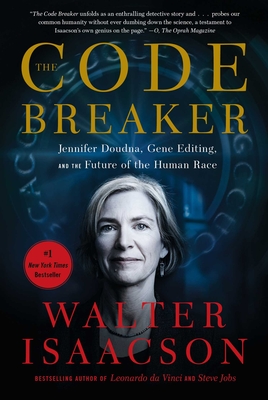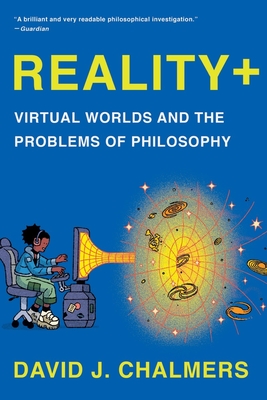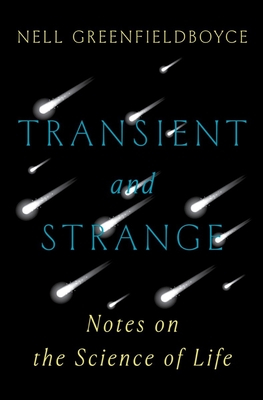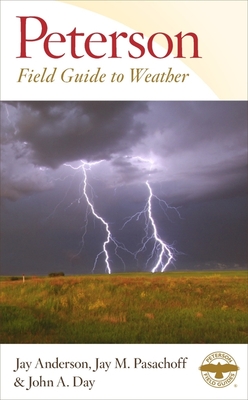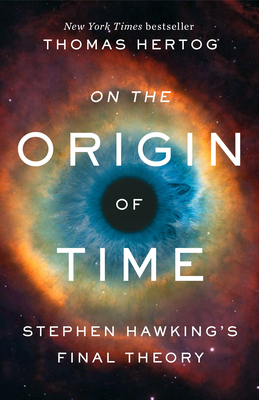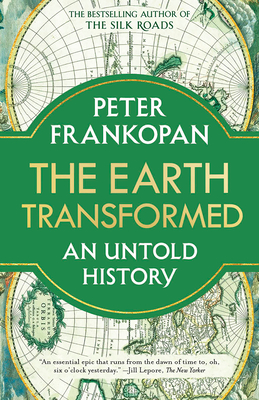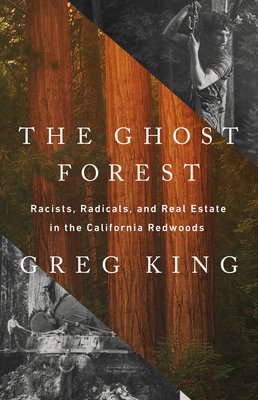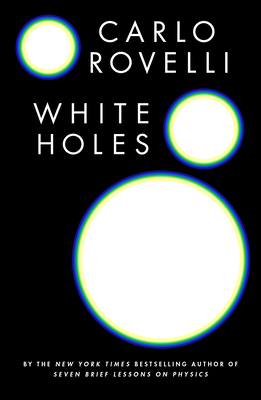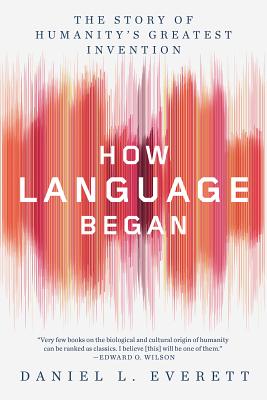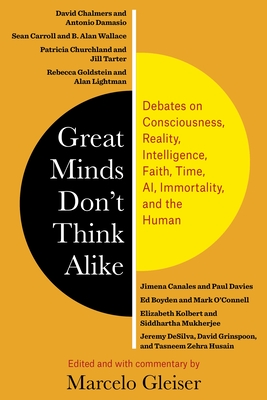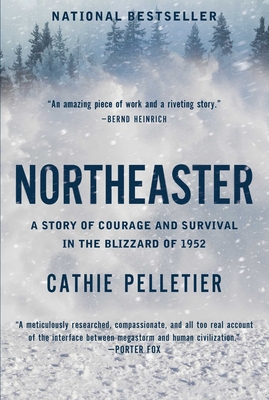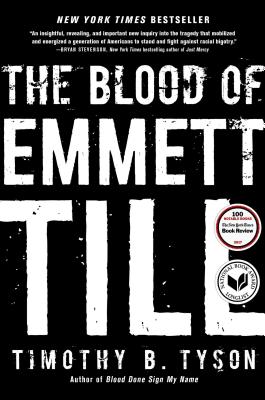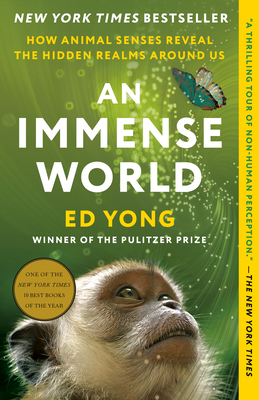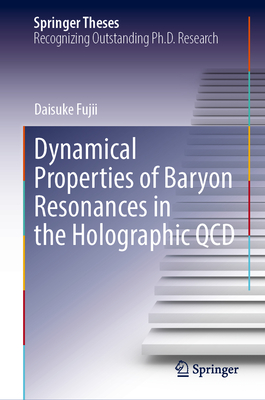
Dynamical Properties of Baryon Resonances in the Holographic QCD (Springer Theses)
Description
This book focuses on the study of the dynamical properties of hadron resonances, especially their transition processes by electromagnetic and strong interactions, by using the holographic quantum chromodynamics (QCD) model. Understanding the nature of hadrons leads to revealing non-perturbative phenomena that are prominent in the low-energy region of QCD. However, there remain many open questions regarding the nature of resonant states.
Holographic QCD is one of the most powerful methods to elucidate non-perturbative phenomena in QCD. We will attempt to investigate the dynamical properties of hadron resonances using the Sakai-Sugimoto model, which has achieved much success in the study of hadron physics. In particular, we studied the transition process of hadrons through the calculation of the form factors of them employing the approach of holographic QCD.
The book contains a systematic review of the treatment of hadron physics bythe Sakai-Sugimoto model. It further covers how to calculate the form factors of baryons through the calculation of the n-point function from holographic QCD. It also includes remarks on the modern understanding of hadron physics. The method of collective coordinate quantization of solitons--Skyrmion and Instanton--is also explained in a concise manner. These are useful not only for students and young researchers interested in this field.

